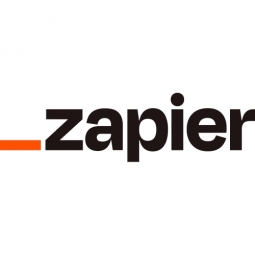Automation Revolutionizes Sales Cycle for Home Entertainment Business
- Analytics & Modeling - Real Time Analytics
- Cement
- Retail
- Procurement
- Sales & Marketing
- Retail Store Automation
Marshmallow Streaming, an Illinois-based home entertainment company, faced a significant challenge in managing their complex, 20-step sales cycle. The company, which helps customers set up streaming-centric home entertainment systems, had to quickly adapt to the changes brought about by the pandemic in 2020. The co-founders, George Kontos and Christopher Maciejczyk, saw this as an opportunity to revamp their sales processes through automation. Initially, the company lacked a dedicated customer relationship management (CRM) app, resulting in customer information being manually entered into spreadsheets, Google Contacts, Mailchimp, and QuickBooks. This manual process was not only time-consuming but also hindered the company's growth and expansion. Even after implementing Salesforce as their CRM, the company struggled with a disjointed ecosystem of specialty apps, leading to double data entry and lack of communication between different tools.
Marshmallow Streaming is a home entertainment company based in Illinois. The company specializes in helping customers set up streaming-centric home entertainment systems. Much of their work is done in customers' homes. The company was co-founded by George Kontos and Christopher Maciejczyk. Both Kontos and Maciejczyk have backgrounds in engineering and software, which played a significant role in their decision to automate their sales processes. The company had a complex, 20-step sales cycle that involved nurturing potential customers through email marketing, closing deals, signing work orders, and billing the buyer for products and services.
The solution to Marshmallow Streaming's challenge came in the form of Zapier, an online automation tool that connects different applications. Kontos and Maciejczyk, both with engineering and software backgrounds, found Zapier to be the perfect solution for their budget and needs. They didn't want to develop integrations for their business from scratch but wanted to grow their business by pulling together the right applications. With Zapier, most of the company's sales cycle was automated, significantly reducing manual work and freeing up the sales staff to focus on business growth. Zapier allowed the company to build integrations without writing any code. For instance, when someone signed up for their newsletter on their website, Zapier added them to a mailing list in Mailchimp. It also kept QuickBooks up-to-date based on customer information in Salesforce, eliminating the need for manual data entry. Furthermore, Zapier linked Salesforce and QuickBooks to automatically generate invoices and bill customers when they purchased a product or service.
Related Case Studies.











